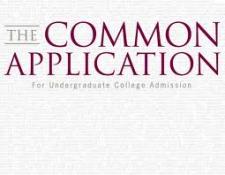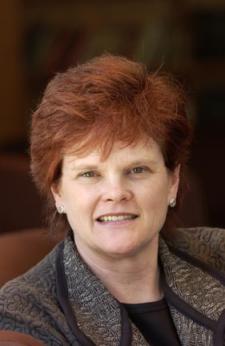Walking the Talk
Posted on Tue, 10/16/2012 - 10:44
We wanted to bring to your attention an excellent piece from Stuart Schmill, dean of admissions at the Massachusetts Institute of Technology that appeared in Inside Higher Ed. In "More to Life than AP," Schmill addresses the messages that colleges send to students about how they make their decisions and the role colleges play in shaping students' behavior. He addresses the "holistic" process; what MIT is looking for; and why parents and counselors should give students the confidence to pursue their true interests instead of ignoring them in favor of what they think a college wants. Candid and reassuring, Schmill's commentary is a must-read.
















